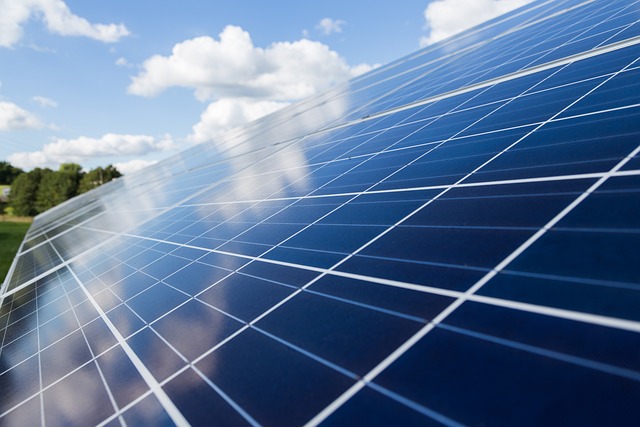Researchers hailing from Germany and Denmark have unveiled a novel material designed to transmute heat into shortwave light. This innovative Iridium-based selective emitter presents a compelling opportunity to convert residual heat into electrical power through the utilization of solar cells. The potential applications for this groundbreaking technology are remarkably diverse.
While photovoltaics traditionally harness sunlight for electricity generation, scientists at the Helmholtz Center Hereon are pioneering a distinctive approach to solar energy. They are striving to produce electricity from thermal energy through a technique known as thermophotovoltaics. To achieve this, the research team is employing a unique material capable of converting thermal energy into radiant emissions, subsequently transmuted into electrical energy within photovoltaic cells.
The process demands exposure to elevated temperatures within the ballpark of 1,000 degrees Celsius. Materials capable of enduring these extreme conditions while concurrently emitting heat energy in the precise light spectrum are a rarity. In a collaborative effort between Hereon, the Technical University of Hamburg, and Aalborg University, researchers have stumbled upon a groundbreaking emitter composed of iridium and hafnium oxide, effectively fulfilling this dual role. Vaidhyanathan Krishnamurthy, the lead author of the study, elucidates, “This innovation opens up new vistas in the realms of waste heat recovery, solar thermal power generation, and beyond.”

This distinctive emitter is constructed from multiple thin layers of iridium and hafnium oxide, imbuing the material with the unique ability to emit shortwave radiation while effectively suppressing longwave emissions. Furthermore, the emitter exhibits exceptional resilience to high temperatures, retaining its key properties without degradation even after a rigorous 100-hour assessment.
Although the technology remains in its nascent stages, precluding immediate commercial deployment, the experiments have been conducted under carefully controlled laboratory conditions. Should thermophotovoltaic systems eventually attain commercial viability, the potential applications are manifold. They hold particular promise in the conversion of high-temperature waste heat from the steel industry into electricity. Another intriguing application lies in the realm of high-temperature thermal storage, marked by its cost-effectiveness and straightforward implementation.
In this scenario, surplus electricity is employed to heat stones or sand to elevated temperatures, and the implementation of thermophotovoltaics could facilitate the reconversion of this thermal energy back into electricity. To date, only combined heat and power systems, characterized by relatively modest efficiency levels, have been employed for this purpose. The researchers are currently poised to optimize the iridium-based material, fortifying it to withstand temperatures exceeding 1,000 degrees Celsius with the aim of further enhancing radiant energy output.
Find the corresponding press release here.










